Why is the 'bookshelf wealth' trend causing such a stir? We asked a book curator about the controversial style
'The ‘tyranny’ of minimalism has perhaps led us to put these things away, and this new ‘trend’ has given us permission to liberate these possessions and proudly showcase them'
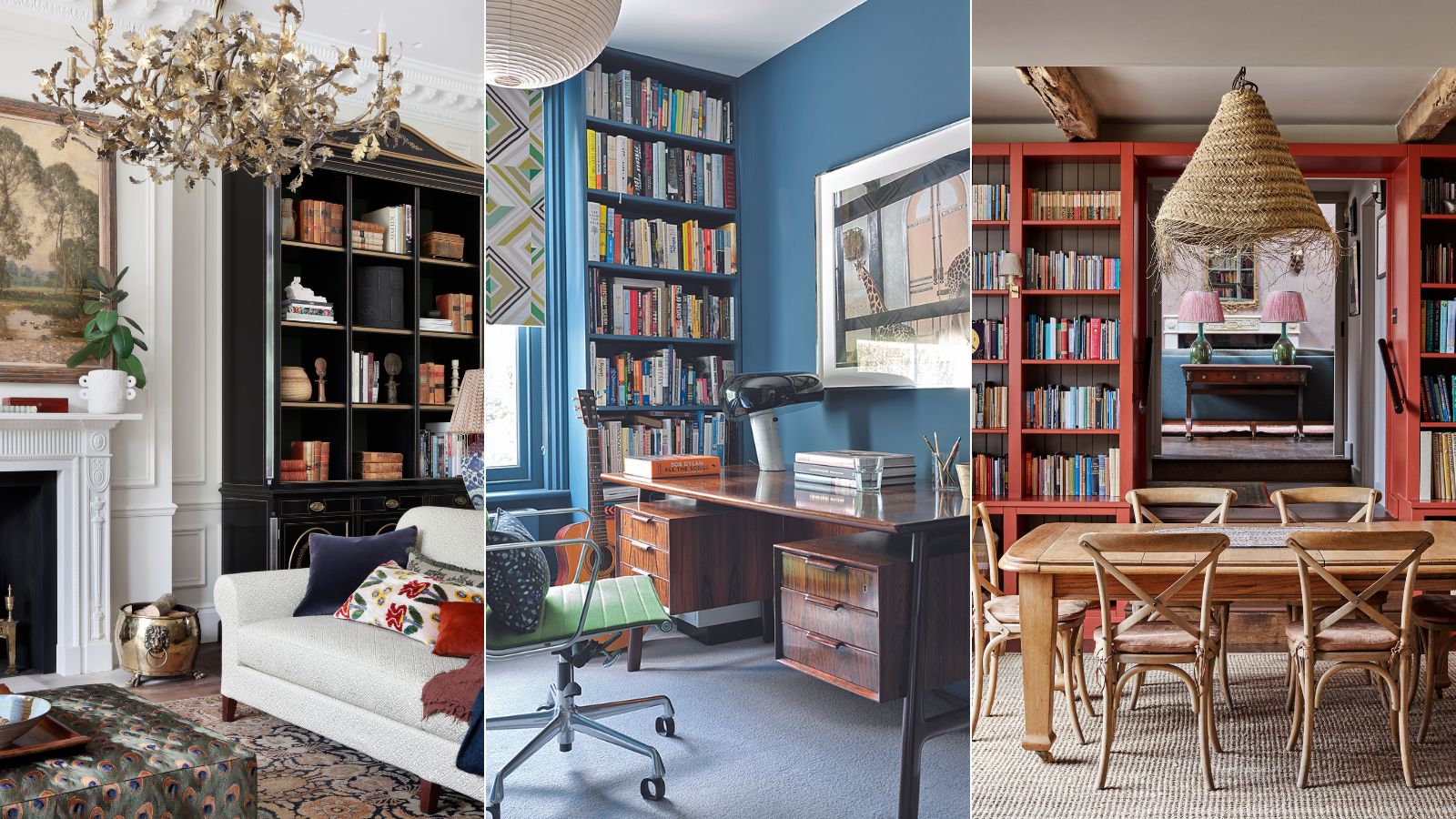
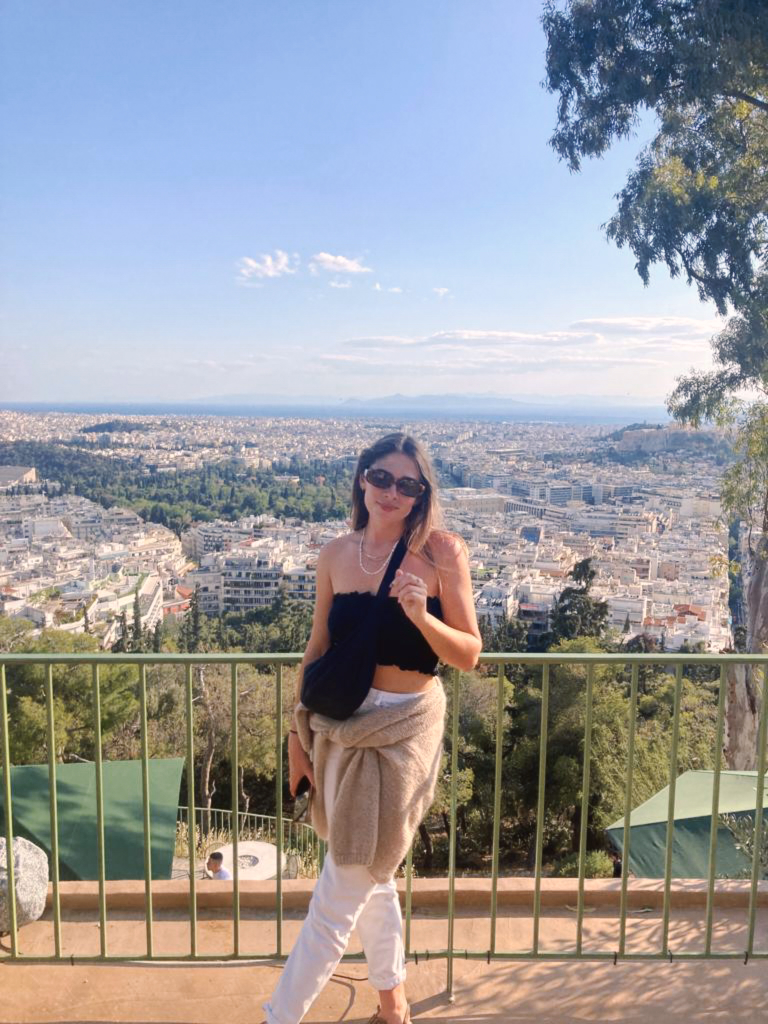
There's no denying that social media has greatly impacted interior design. While creating trends was once left to the professionals and then seeped down slowly into our homes, social media is now at the forefront of saying what's new in the design world. TikTok imparticular is constantly throwing out new styles and we are all actually listening, interior designers included.
While many TikTok trends are shortlived or evolve into something more timeless and we all forget where the trend originated, the newest offering Bookshelf Wealth is causing more of a stir than its predecessors.
Based on the idea that books can provide you with a characterful and lived-in aesthetic, this interior sign trend is not so much a trend but a timeless style that celebrates the homeowner and the things they love. But not everyone is on board with the bookshelf wealth trend, in fact, it's faced a fair bit of backlash based on its inauthenticity. This is not a look you cheat or buy quickly, it's curated over time and not a fleeting trend as so many TikTok trends tend to be.
At H&G, the team has mixed feelings too. We love timeless trends like this and love the concept behind bookshelf wealth but as also in agreement that this style is more of a lifestyle than a trend. So for clarity on the controversy, we spoke with Philip Blackwell a book curator and bibliophile at Ultimate Library. who has been creating the bookshelf wealth look for decades before the phrase was coined to get his views.

Decorating with books is nothing new so why are we seeing it all over social media now? 'In my view, bookshelf wealth is not something new, but rather a contemporary manifestation of a practice deeply rooted in history,' explains Philip. 'Throughout centuries, individuals have curated and displayed meaningful collections, reminiscent of the historical 'cabinets of curiosity.' It's great to see this timeless concept gaining recognition on a broader scale.'
'Over the past decade, the Ultimate Library team and I have been curating bespoke book collections for diverse clients, including private individuals and luxury hotels, and what we see is a growing desire to connect guests with the local environment and convey a brand narrative through curated book selections. For individuals books serve as a window into their soul, reflecting personal interests and character, often harmoniously curated with objects to authentically tell the story of their lives.'
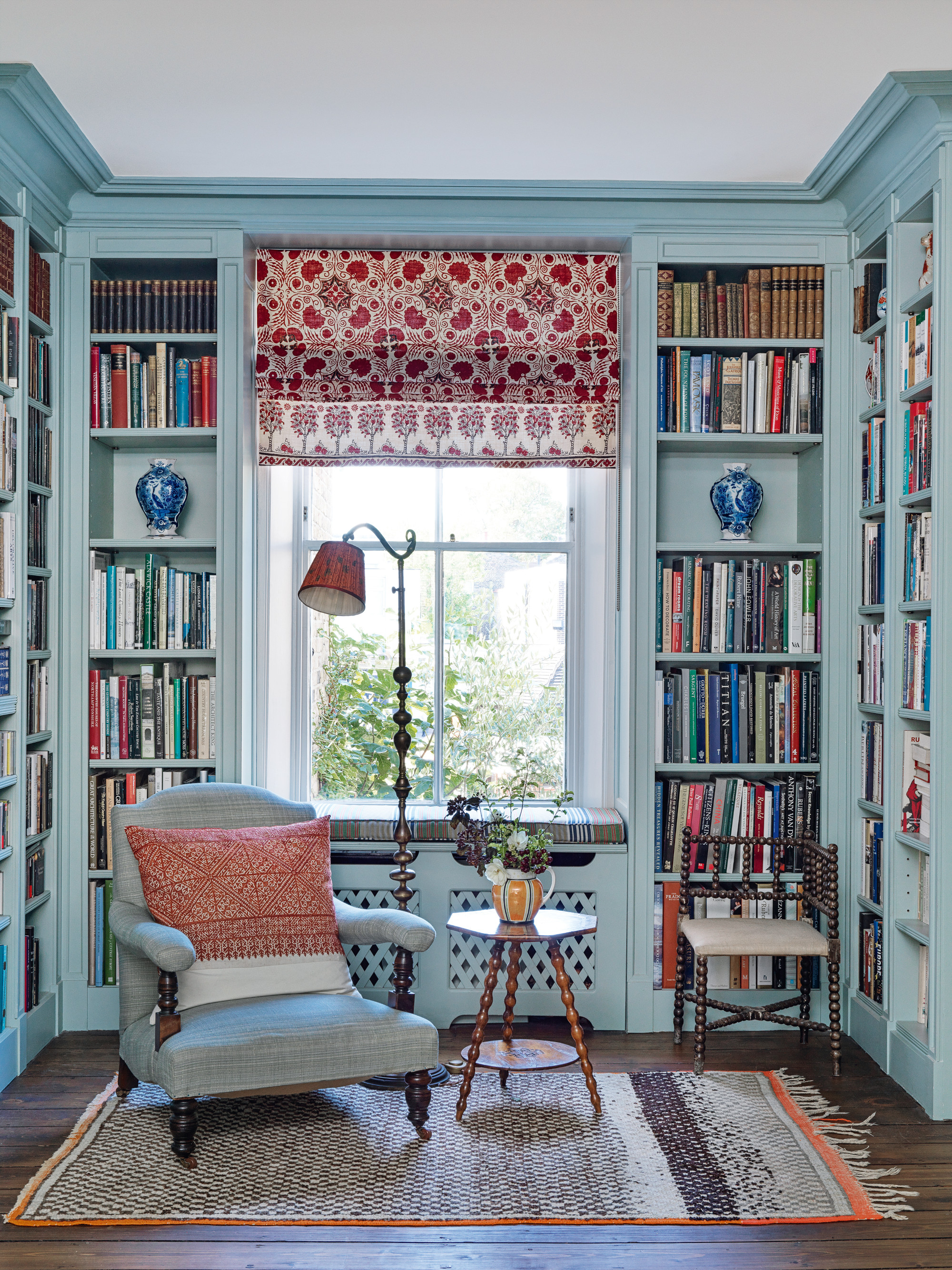
'And why now? Perhaps, when the weather is as unforgiving as it has been in certain parts of the world, there's a natural inclination towards creating a warm and comfortable space in which to hibernate, surrounded by books and cherished objects that evoke warm memories, possibly in the sun. While the essence of 'bookshelf wealth' transcends trends, the current popularity might be attributed to a collective desire for a lived-in look that resonates with a broader audience at this moment.' suggests Philip.
Sign up to the Homes & Gardens newsletter
Design expertise in your inbox – from inspiring decorating ideas and beautiful celebrity homes to practical gardening advice and shopping round-ups.
'This concept is rooted in a timeless tradition that has recently gained a new label. The decision to categorize it as a 'trend' could be seen as a response to the dominance of the very minimalist, highly stylized aesthetic that has prevailed in interior design, championed by the likes of professional organizer, Marie Kondo.'
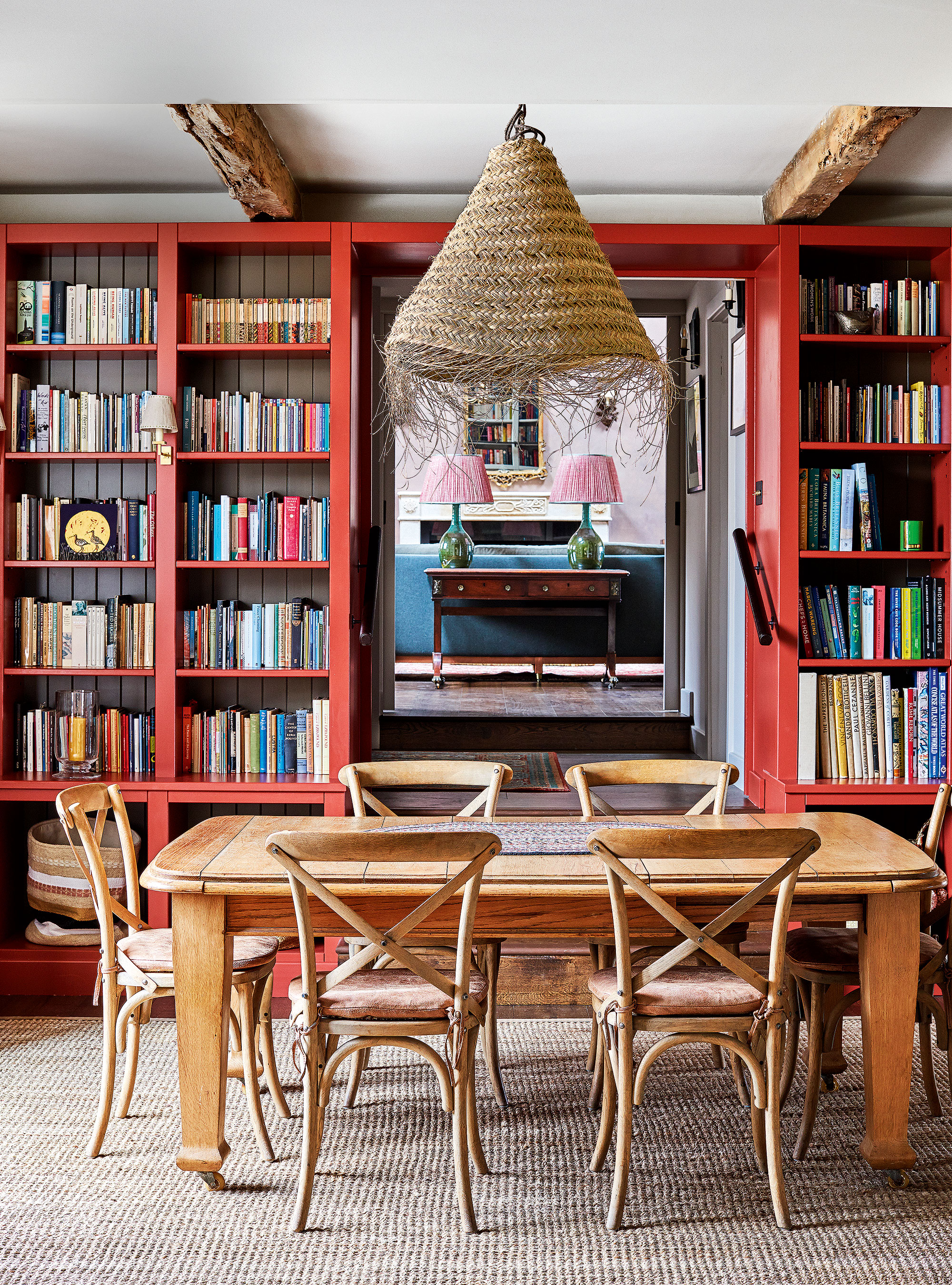
'Decorating with books endures because it is a timeless practice. Books serve as windows into one's soul, revealing a person's identity and interests. They carry the power of evoking specific places and hold memories of where they were read. Some books become inseparable, akin to old lovers with whom you've shared countless moments. The physicality of books, in an era dominated by digital media, adds a homely, tangible, and nostalgic element to decorating. They are not just objects; they are vessels of personal history, making them a perennially significant and cherished component in interior design trends.'
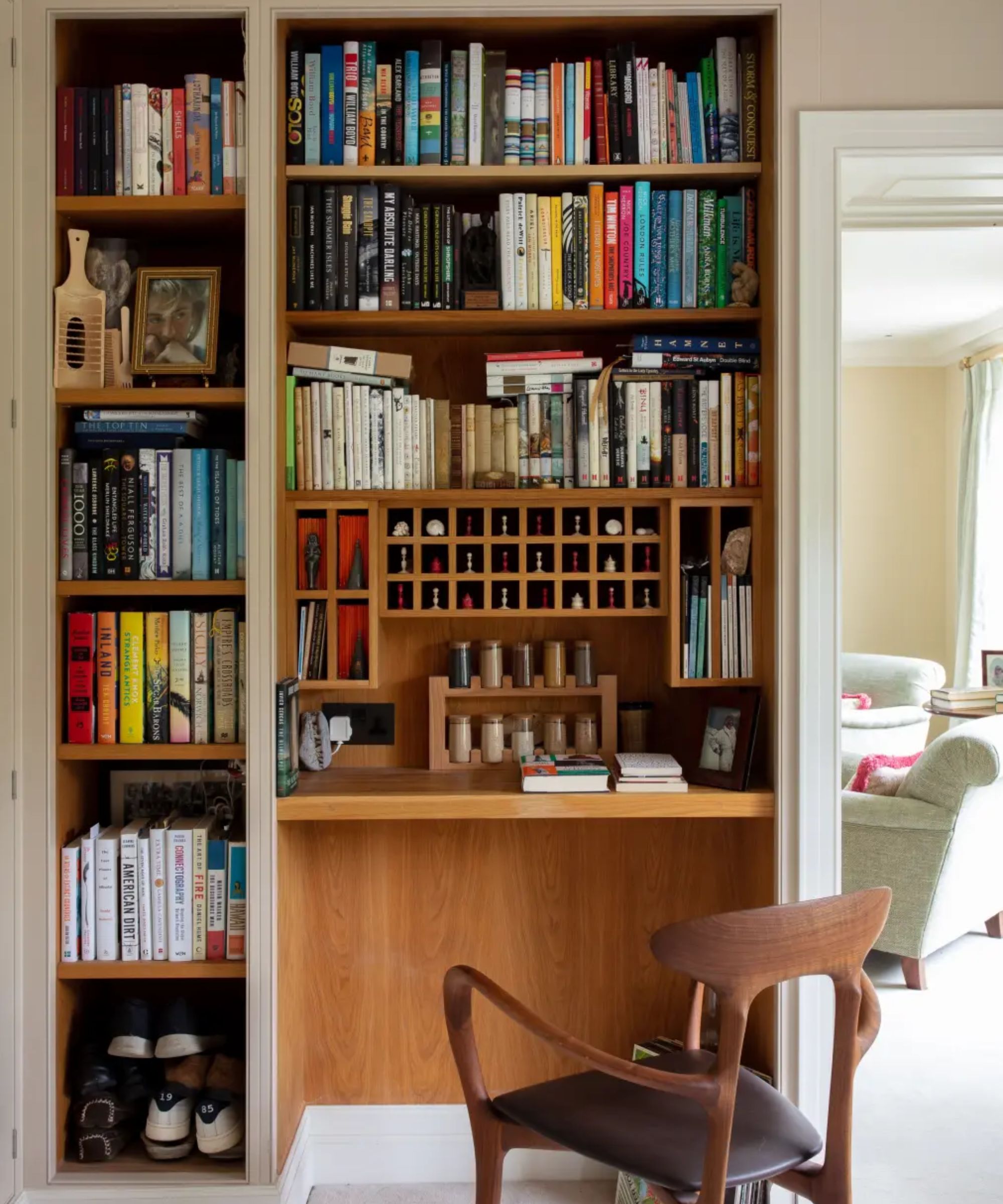
Bookshelf wealth has come under scrutiny for its lack of authenticity, with many responses to the trend pointing out that there's no genuine way to quickly react to the rise in this style. So if you do love this aesthetic, how can you start to recreate it in a way that feels considered?
Philip suggests always 'being authentic! If you want to embrace the trend, dig out the treasured books and objects you’ve amassed over the years, which each carry memories that resonate with you. Proudly curate these items on a shelf to authentically express your personality and interests.'
'We are all magpies by nature, at least to some degree, collecting and storing away meaningful items that we can’t bear to throw away, and yet don’t quite know what to do with. A favorite childhood read, shells or driftwood from the beach, a handcrafted object from a bazaar.'
'The ‘tyranny’ of minimalism has perhaps led us to put these things away, and this new ‘trend’ has perhaps given us permission to liberate these possessions and proudly showcase them. Critics of the trend have said it encourages overconsumption but my tip is to start with what you’ve got, however modest, and transform your space into a reflection of your unique journey. And if you find you want more books to read you know where to come.'
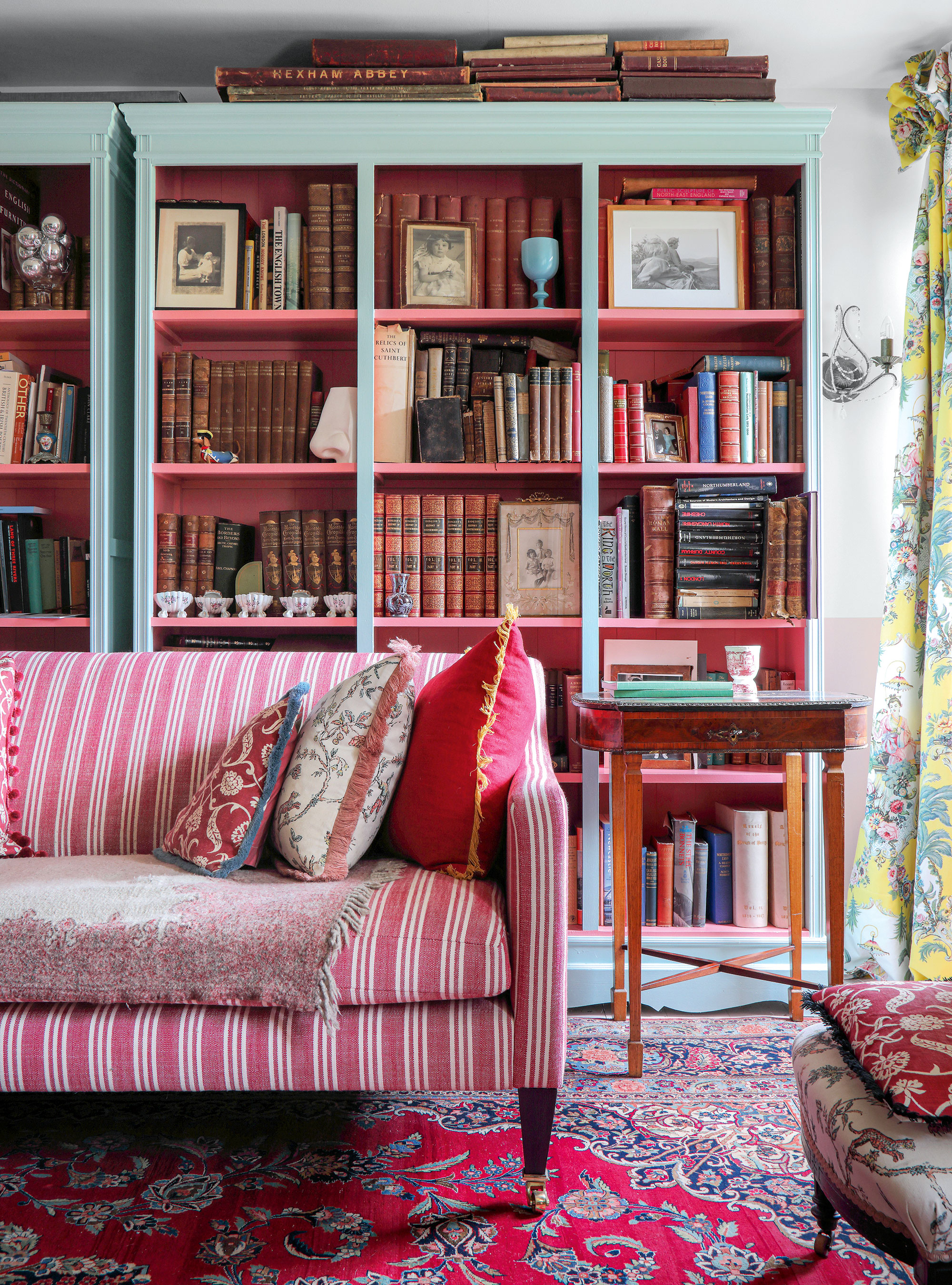
Really, at the heart of the bookshelf wealth trend is the lived-in look, which you can never fake. As Philip points out 'You absolutely do not want your shelf to look like you’ve raided your local bookshop overnight, with all books regimented and brand new (unread). If this is your personal cabinet of curiosity, cultivating a lived-in feel is important.'
If you already have a collection of books to style, however, you can of course lean into this more relaxed look. Forget arranging books by color or size, you want that slightly chaotic feel when styling a bookshelf. Philip advises to 'Intermix cherished classics with recent discoveries, organizing them thematically rather than by color. Enhance the personal touch by incorporating objects in vignettes that trigger memories and narrate a unique story. Use discreet bookends to ensure tidiness, or you may choose to casually prop up a book at the end or mix your stacking. The goal is to strike a balance between order and genuine, curated chaos that feels authentic to you.'
While bookshelf wealth is evidently far from a 'trend' and far more about creating a home that reflects your personality, it does say a lot about where interior design is heading in 2024. This year is for sure looking like the year of the anti-trend, we are all about transitional design and creating spaces that not only feel current but classic too.

I am the Head of Interiors at Homes & Gardens. I started off in the world of journalism in fashion and luxury travel and then landed my first interiors role at Real Homes and have been in the world of interior design ever since. Prior to my role at H&G I was the digital editor at Livingetc, from which I took a sabbatical to travel in my self-converted van (not as glamorous as decorating a home, but very satisfying). A year later, and with lots of technical DIY lessons learned I am back to writing and editing, sometimes even from the comfort of my home on wheels.
-
 Kyle Richards' unconventional styling encourages you to use shelves for more than books – it's a fresh twist on 'bookshelf wealth' for 2025
Kyle Richards' unconventional styling encourages you to use shelves for more than books – it's a fresh twist on 'bookshelf wealth' for 2025The Real Housewife of Beverly Hills intentionally decorated her shelf with ceramics and accessories that have enough room to breathe, and designers love her look
By Hannah Ziegler
-
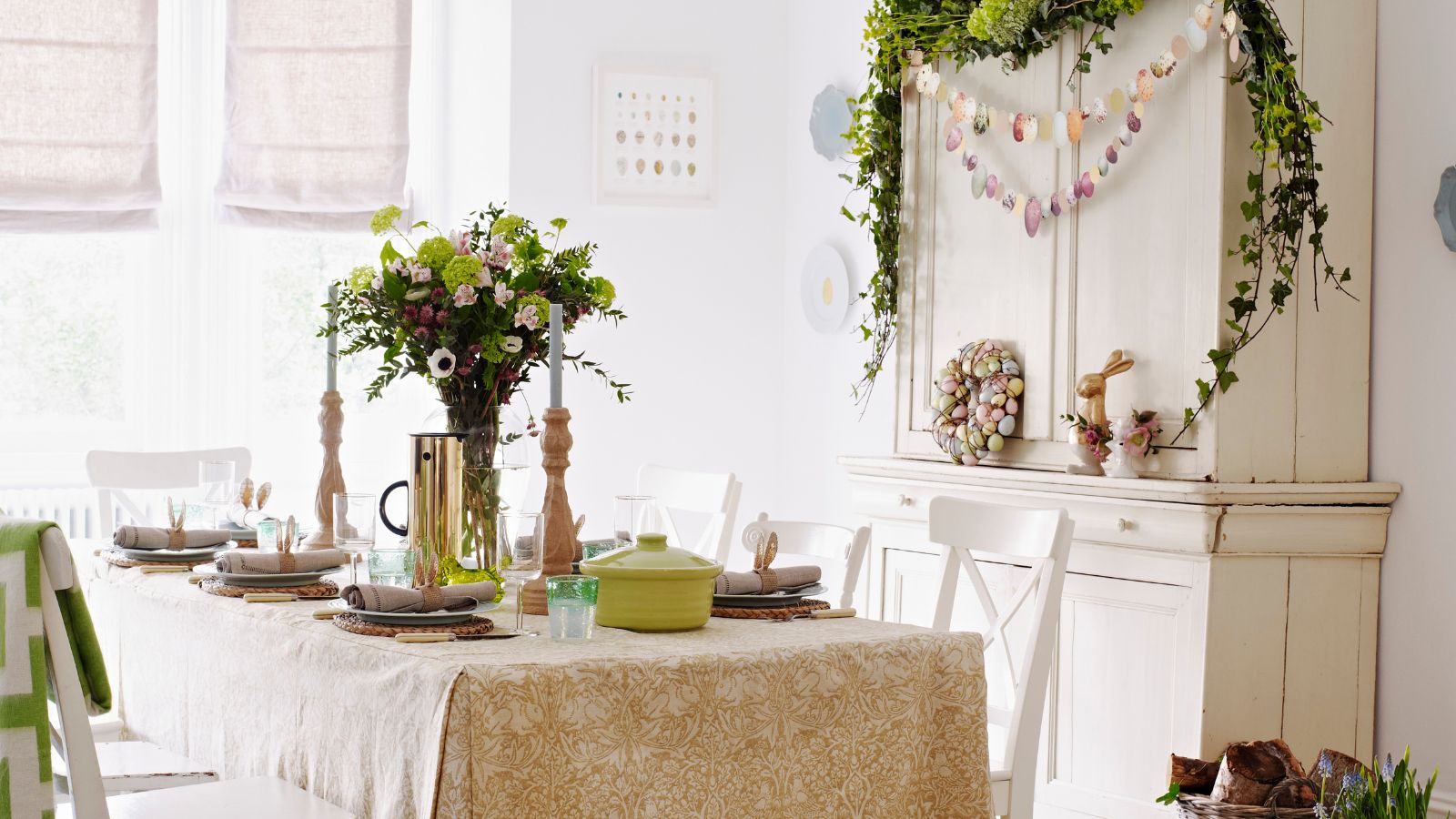 These five easy Easter place name ideas are too pretty not to try - here’s how to make them ready for Easter
These five easy Easter place name ideas are too pretty not to try - here’s how to make them ready for EasterThese easy Easter place name ideas are so simple that anyone can recreate them in time for the Easter weekend to bring personal touch to holiday hosting
By Katrina Harper-Lewis